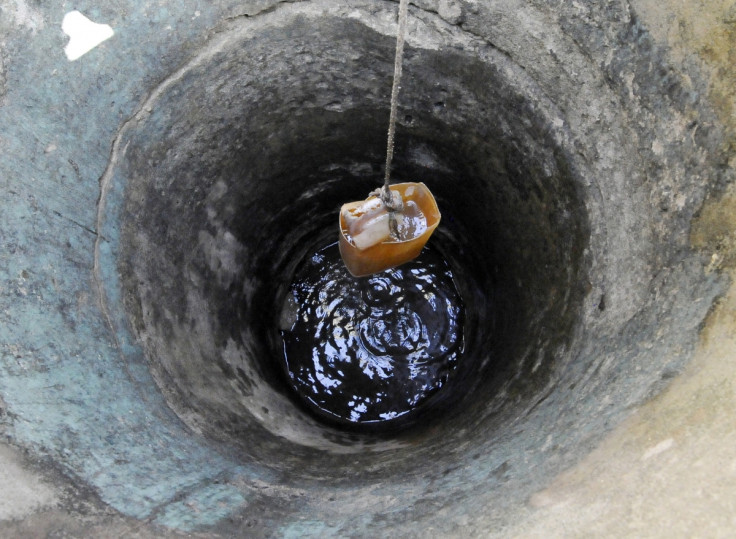Mysterious 9,000 years old wells discovered in Central China
The discovery sheds new light on the history of wells in China.
Archaeologists have discovered six ancient wells dating back to 9,000 years ago in the Xiping County in Henan Province, China.
The discovery was made public on Tuesday, (6 February). Deputy head of the provincial archaeological research institute, Wei Xingtao told Xinhua News that they are the oldest wells found in China to date.
The wells are different in structure. The deepest of the six goes 5.2 metres underground. Some were built with flights of stairs, most likely to allow settlers to fetch deeper water and more easily.
In the wells, the team of archaeologists unearthed ancient tools. five pottery pots were found, most likely used to carry water. These pots were built with handles so that strings could be attached to them.
"The people probably dropped the pots accidentally into the wells while fetching water," said Xingtao.
The purpose of the wells is still obscure. Xingtao mused they could have either been used for drinking water, for land irrigation or to fetch water used in pottery. "These are questions yet to be answered."
Well, well, well

According to Xingtao, the discovery pushes the history of Chinese wells back by 2,000 years. Archaeologists previously thought the oldest wells dated back to the Neolithic Period, 6,000 to 7,000 years ago. They were located along Yangtze River, which is Asia's longest river and the third longest in the world.
"The invention of wells was of great significance as it freed people from their reliance on rivers for water," Wei said.
Archaeologists made a number of advances in China last year and shed new light on the country's prehistoric past.
China Academy of Social Sciences (CASS) published a list of the country's 2017 top discoveries in January 2018, dubbing six of them as the very best of the past year.
Tongtiandong site, the first paleolithic site ever discovered in China was located in the Xinjiang Uyghur Autonomous Region in August. Excavations showed evidence of human and animal activities dating back to 5,000 years ago.
Stone tools and animal remains were also found at the Tongtiandong site. The research team noted these were remains of the Mousterian culture, which ties with the arrival of the first human settlers in Eurasia.
These findings could shed new light on the history of Neanderthals and modern humans' migration.
In 2016, an ancient sacrificial site was discovered in Fengxiang, in the Shaanxi Province. They were used by the emperors of the Qin and Han dynasties around 221–206 BC.






















